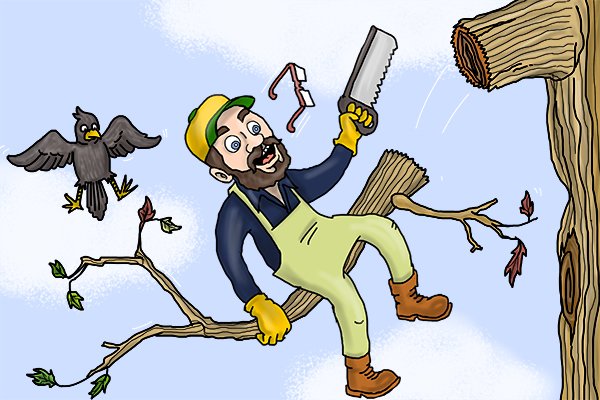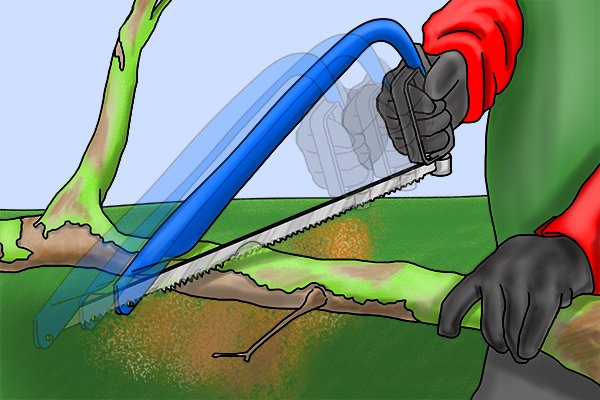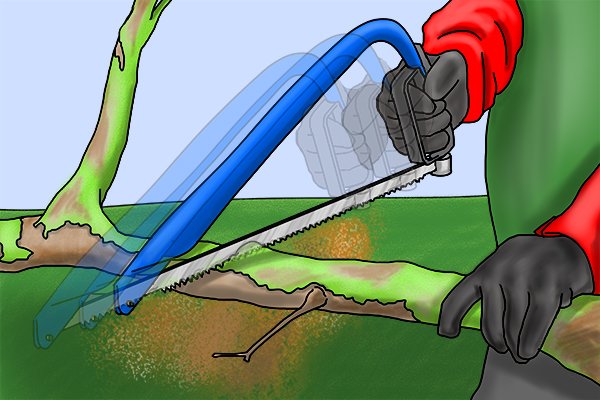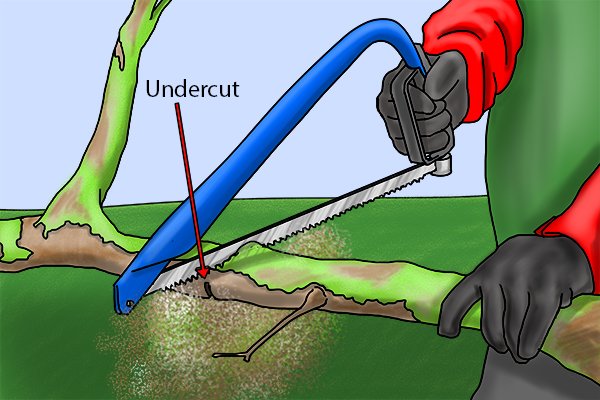
How to use a bow saw?
Content
Before you start | ||
Should you push or pull?Most modern bow saws cut in a push and pull motion, so you can apply force on any stroke to get the saw to cut. For faster, more aggressive cutting, apply pressure on both strokes. | ||
 | When sawing large branches, always cut from aboveWhen cutting large branches (50mm (2″) or thicker), you should try to position yourself so that you cut from above. Larger branches will require more force to cut, so working from above will mean you'll be able to cut more easily as gravity pulls the blade down anyway. Cutting a large branch from below requires you to hold the saw over your head, which can become uncomfortable and extremely tiring if you do it for a long period of time. | |
 | The most important reason for sawing large branches from above is for your own safety. If you cut a large branch from below, you risk injury when the branch eventually breaks off. Pruning at the top means you're out of danger if the branch breaks unexpectedly. | |
Starting your cut | ||
 | Step 1 - Press the blade into the materialStart by pressing the blade against the wood. Unlike other types of saws, it does not matter at what angle the blade is to the material. | |
 | Step 2 - Push or pull the blade through the materialWhen you're ready, you can push or pull the blade across the wood in one long, smooth motion. Step 3 - Speed UpOnce the initial cut is made, you can begin to build up speed and develop a steady sawing rhythm. | |
 | You may need to trimWhen cutting down a tree or shrub that is still in the ground, or sawing a branch still attached to the tree, you may need to make an undercut to get a clean cut. This includes making a cut on the underside of the branch before you start sawing it. | |
 | Without pruning, the branch may start to break before you cut it completely. This can result in splitting or tearing of the wood and a dirty finish. The undercut allows you to continue cutting to the end, leaving a clean surface. | |

